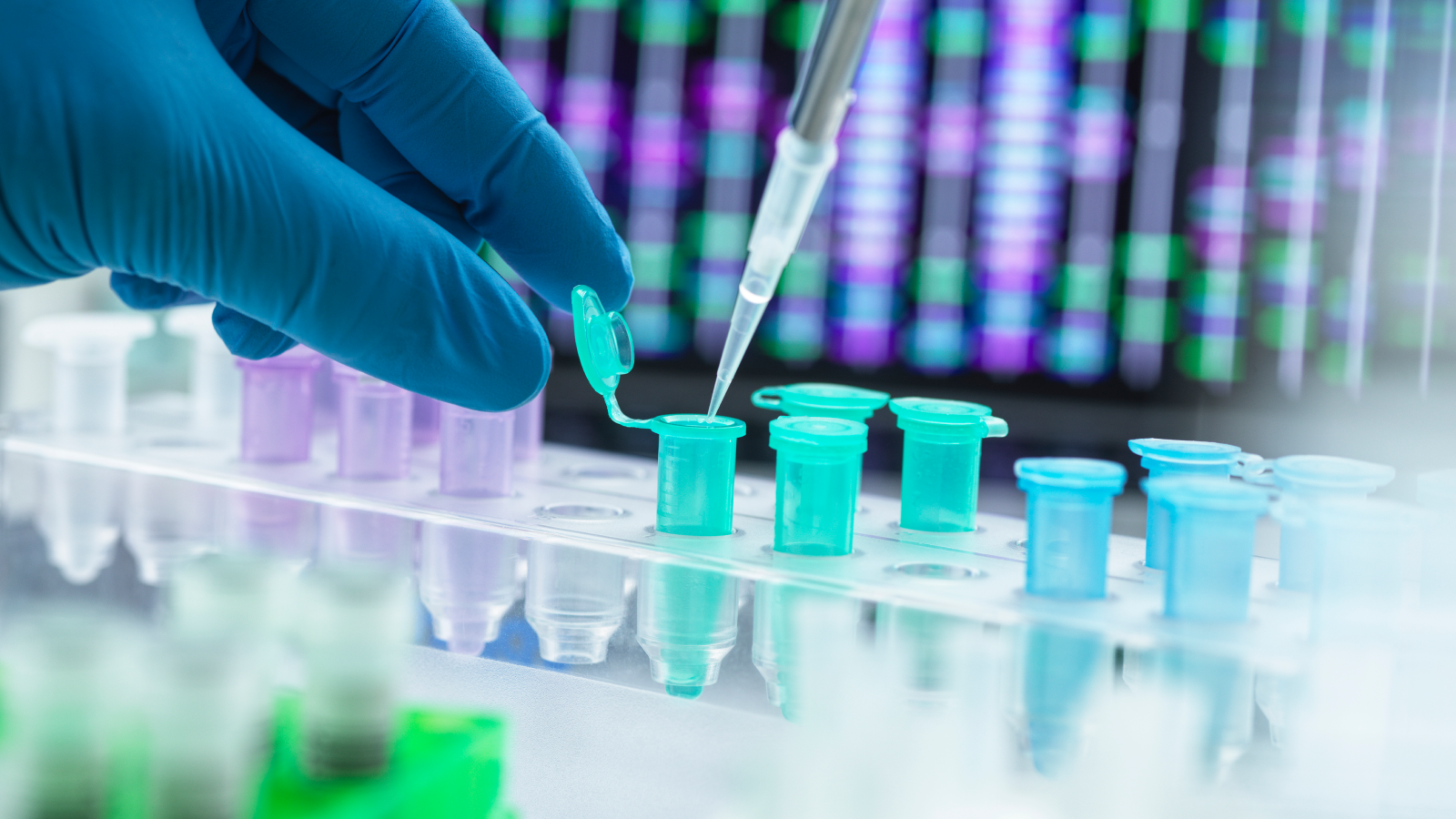
On June 12, 2025, an Air India flight crashed shortly after takeoff, killing 260 people. The plane was carrying over 33,000 gallons (125,000 liters) of fuel, leading to a massive fire, and several bodies were charred beyond recognition, fragmented or otherwise rendered unrecognizable. To identify the bodies, officials sought DNA samples from the victims’ family members. More than two weeks after the disaster, the completed DNA analysis successfully identified every person lost in the crash.
Around the world, DNA analysis is the gold standard for identifying human remains following these kinds of mass disasters, whether they’re transportation accidents like the Air India crash, major natural disasters or terrorist attacks. But how does DNA analysis actually work? And how does it help identify victims in these disastrous events involving mass fatalities?
DNA analysis involves the collection of two types of samples: postmortem and antemortem. The postmortem DNA is collected at the scene as other specialists take photos of the victims’ teeth and police officers collect fingerprints and note specific attributes, such as clothing and personal belongings, said Kerstin Montelius, a molecular biologist with Sweden’s National Board of Forensic Medicine.
“A DNA sample could be from any tissue of the body,” Montelius told Live Science in an email. “The DNA sample is sent to the laboratory, where DNA is extracted from the tissue.”
Those collecting the DNA have to ensure that the sample remains uncontaminated, considering there’s a high risk of human remains commingling after mass disasters. The environment, too, can compromise the quality of the sample. For instance, victims of the September 11 attack on the World Trade Center were exposed to intense fire, heat and extinguishing water, and in 2004, victims of the South East Asian tsunami were exposed to seawater and warm, humid air.
To minimize contamination, blood or intact soft tissue samples are usually preferred for analysis. The exception would be cases in which remains have putrefied or commingled, where bone and tooth samples are preferred, according to a 2007 paper about minimizing contamination risk published in the journal Forensic Science, Medicine, and Pathology.
Related: How do DNA tests tell if two people are related?
“When the effect of precise environmental factors is uncertain, it seems sensible to collect different kinds of tissue sample from each victim,” the paper notes.
The next step involves preparing a DNA profile of each victim. This requires cleaning and separating DNA from tissue samples, determining the approximate amount of DNA present, and copying that DNA using an enzyme so there’s enough to analyze, said Jeremy Watherston, a forensic biologist and executive manager of research and innovation at Queensland Forensic Science. Finally, the DNA fragments are separated based on their size, resulting in a visual representation of an individual’s DNA.
“Recovered DNA profiles are then compared to antemortem samples — that is, items known to belong to the victim, such as a toothbrush or razor,” Watherson told Live Science in an email. “Alternatively, recovered DNA profiles are compared to samples recovered from known biological relatives — for example, the mother or father of a victim.”
If conducted to the high standard expected, this DNA analysis is a foolproof method — and when coupled with other types of chemical analyses, it can even be used to distinguish identical twins, said Peter Ellis, an Australian forensic pathologist who chairs a subgroup of Interpol’s Disaster Victim Identification working group. That said, the process does pose a few challenges, he told Live Science in an email.
“Its occasional drawbacks include the technological equipment needed to conduct it, [and] the need for good [postmortem] samples that are not degraded,” Ellis said. “Remains that are completely incinerated may not contain enough DNA to allow identification.”
Although DNA analysis is a vital scientific tool for identifying victims of mass disasters, the process involves a lot of ethical questions, such as “assumptions about where and how identity is situated, how bodies should be treated after death, and how disasters should be managed,” said Caroline Bennett, an assistant professor of social anthropology and international development at the University of Sussex in the U.K.
Bennett authored a paper about how the DNA analysis process may conflict with sociopolitical and cultural norms, citing an example of Iraq in 2005, when the “government argued strongly for bodily integrity” for those who went missing during Saddam Hussein’s Ba’athist regime. Iraq’s government also insisted that bone sections, which were collected for DNA analysis, be returned so they could be buried with the bodies.
“It’s important to take such questions into consideration before starting any processes,” Bennett told Live Science in an email, “to make sure the treatment of the dead is done with respect and care that is appropriate.”
